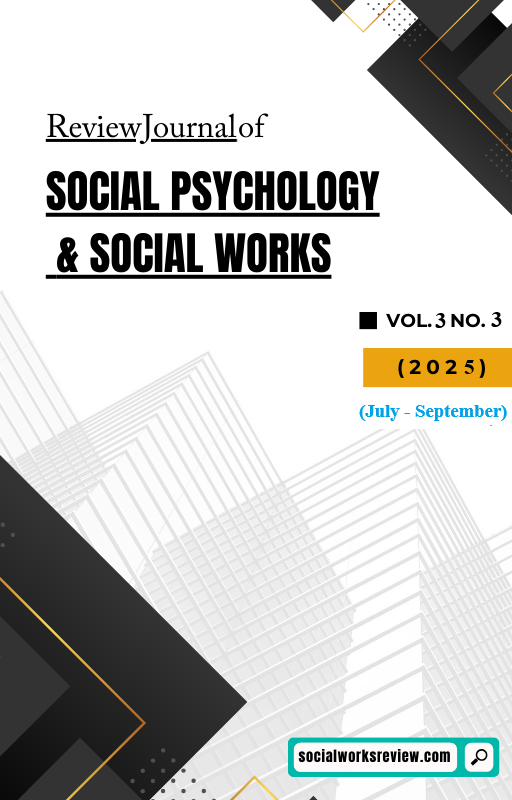Elections and Voter Choices in Pakistan: A Comprehensive Analysis
Abstract
Pakistan's democratic landscape is characterized by a complex interplay of its non-symmetric federal parliamentary system, a history of political instability, and pressing socio-economic challenges. Elections in this context are not merely contests for power but critical junctures for addressing national crises, including economic precarity, militant violence, and the aftermath of natural disasters. This report provides an in-depth analysis of Pakistan's electoral system, examining the structure and processes of its national and provincial assemblies, and the pivotal role of the Election Commission of Pakistan (ECP). The analysis delves into the dynamics of the 2018 and 2024 general elections, highlighting the significant shifts in political power and the controversies surrounding electoral integrity. While the 2018 elections saw the Pakistan Tehreek-e-Insaf (PTI) emerge as the largest party, the 2024 elections presented a unique scenario where PTI-backed independent candidates secured the most direct seats despite facing severe restrictions, ultimately leading to a coalition government formed by the Pakistan Muslim League-Nawaz (PML-N) and its allies. This outcome underscores a notable disconnect between popular vote and government formation, raising questions about the fairness and legitimacy of the electoral process.





